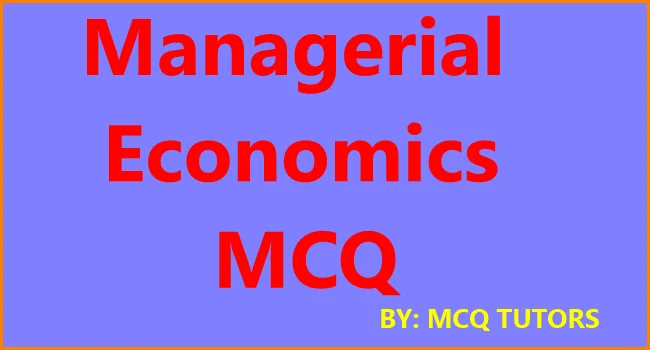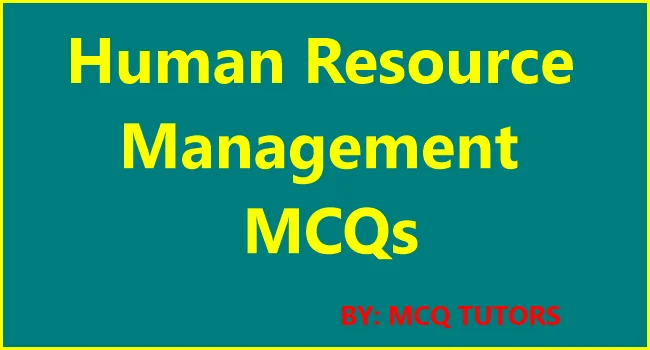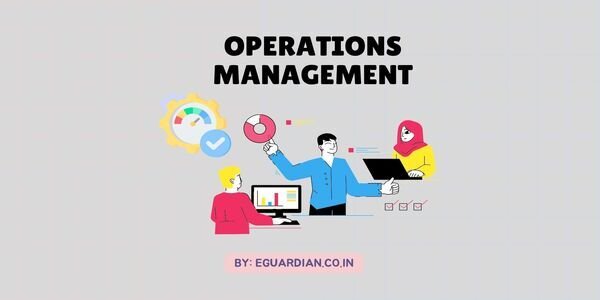Managerial Economics MCQ pdf for the preparation of MBA, BBA, Mcom, Bcom, HRM examination of various Institutions.
Are you preparing for a managerial economics exam? Are you looking for the best way to practice and test your knowledge of the subject? Then this article is just right for you.
With this guide, you can easily understand how to answer multiple-choice questions correctly and improve your score in the exam.

Managerial Economics MCQs with Answers
1. Griffin goods is –
a. Valuable goods
b. Cheaper goods
c. Luxury goods
d. Comfortable goods
Ans. (b)
2. Shift of supply means –
a. Shift to a new demand
b. Shift to a new equilibrium
c. Shift to a new supply
d. None of the above
Ans. (c)
3. Break-Even point means –
a. Stop losses and start profit
b. Stop profit and start losses
c. All of the above
d. None of the above
Ans. (d)
4. Expand TR
a. Total revenue
b. Total random
c. All of the above
d. None of the above
Ans. (a)
5. Law of demand
a. D↓P↓
b. D↑P↑
c. D↓P↑
d. All of the above
Ans. (c)
6. Average cost means –
a. Cost
b. Value
c. Cost per unit
d. All of the above
Ans. (c)
7. The relation between the cost and output is technically described as the ___.
a. Profit function
b. Cost function
c. Production function
d. None of the above
Ans. (b)
8. When marginal product is zero, total product will be ___.
a. Highest
b. Lowest
c. Normal
d. All of the above
Ans. (a)
9. Marginal cost is associated with ___ cost.
a. Fixed
b. Total
c. Variable
d. None of the above
Ans. (c)
10. Substitute is –
a. Tea or coffee
b. Nokia and LG mobile
c. Pure and vegetable oil
d. All of the above
Ans. (d)
11. K =
a. Output
b. Labor
c. Capital
d. None of the above
Ans. (c)
12. VAT means –
a. Value attended tax
b. Value-added tax
c. All of the above
d. None of the above
Ans. (b)
13. Recession –
a. Fall in price regularly
b. Temporary fall in business
c. All of the above
d. None of the above
Ans. (b)
14. AP =
a. P/Q
b. TP/Q
c. All of the above
d. None of the above
Ans. (b)
15. Consumer’s Surplus –
a. Difference between customer pay and received
b. Difference between customer willing to pay and actual received
c. Difference between customer willing to pay and actual pay
d. None of the above
Ans. (c)
16. Economic Rent –
a. Income of hours
b. Income on land
c. All of the above
d. None of the above
Ans. (b)
17. I mean –
a. Change in income
b. Change in investment
c. All of the above
d. None of the above
Ans. (b)
18. Hospital expenditure is –
a. Public work
b. Government work
c. Employee work
d. None of the above
Ans. (a)
19. Taxation is –
a. Expenses of government
b. Government receipt
c. Both a and b
d. None of the above
Ans. (b)
20. Objective of pricing policy is –
a. Price stability
b. Cost stability
c. All of the above
d. None of the above
Ans. (a)
21. Single seller is in –
a. Oligopoly
b. Monopoly
c. Monopolistic competition
d. All of the above
Ans. (b)
22. Substitution gods are –
a. Tea or coffee
b. Nokia and LG mobile
c. Pure and vegetable oil
d. All of the above
Ans. (d)
23. Expand APL –
a. Average propensity to capital
b. Average product to consume
c. Average propensity to consume
d. None of the above
Ans. (c)
24. Consumption + Saving =
a. Income
b. Price
c. Capital
d. None of the above
Ans. (a)
25. K =
a. 2/mps
b. 1/mps
c. 1/APS
d. 2/APS
Ans. (b)
26. ___ work as a shock absorber.
a. Slack payment
b. Short payment
c. Prompt payment
d. None of the above
Ans. (a)
27. Sales maximization model is on alternative for ___ model.
a. The static model
b. Profit maximization model
c. Growth maximization model
d. None of the above
Ans. (b)
28. J.M. Keynes invented the term ___.
a. Deflationary Gap
b. Differential Gap
c. Inflationary Gap
d. All of the above
Ans. (c)
29. Inflation is basically a ___ phenomenon.
a. Physical
b. Financial
c. Operational
d. Monetary
Ans. (d)
30. Basic objective of a firm today is ___.
a. Growth maximization
b. Sale maximization
c. Profit maximization
d. None of the above
Ans. (c)
31. Law of demand is a ___ statement.
a. Qualitative
b. Quantitative
c. Perfect
d. None of the above
Ans. (a)
32. In a typical demand schedule quantity demand varies ___ with price.
a. Inversely
b. Directly
c. Positively
d. Positively
Ans. (a)
33. Collection opinion method is also ___.
a. Profit – force polling
b. Sales – force polling
c. All of the above
d. None o the above
Ans. (b)
34. The heart of the survey method is ___.
a. People
b. Method
c. Questionnaire
d. All of the above
Ans. (c)
35. A firm is a ___ which converts ___.
a. Market unit, products
b. Economic unit, Input into outputs
c. All of the above
d. None of the above
Ans. (b)
36. The quantity bought and sold at the equilibrium is called ___.
a. Equilibrium price
b. Equilibrium point
c. Equilibrium quantity
d. None of the above
Ans. (c)
37. ___ is the total income realized from the sale of its output at a price.
a. Cost
b. Total cost
c. Total revenue
d. None of the above
Ans. (c)
38. Additional revenue earned by selling an additional unit of output is called ___.
a. Total revenue
b. Average revenue
c. Marginal revenue
d. None of the above
Ans. (c)
39. AR and MR curves slope downwards under condition of ___ competition.
a. Perfect
b. Imperfect
c. All of the above
d. None of the above
Ans. (b)
40. Cost-plus pricing = Cost + ___
a. Revenue
b. Fair profit
c. Loss
d. None of the above
Ans. (b)
Human Resource Management MCQs
41. The equation for trend method –
a. y = a + bx
b. y = b + bx
c. y = a + b
d. None of the above
Ans. (a)
42. Supply curve is –
a. Positive
b. Negative
c. All of the above
d. None of the above
Ans. (d)
43. Price elasticity is –
a. (∆Q/∆P) X (P/Q)
b. (∆Q/∆P) X (∆P/Q)
c. (∆Q/∆P) X (P/∆Q)
d. None of the above
Ans. (a)
44. Market equilibrium is –
a. Where demand and price met
b. Where demand and supply met
c. Where price and supply met
d. None of the above
Ans. (b)
45. Marginal cost deals with changes in cost of ___ unit where as incremental cost deal with changes in cost of ___.
a. Two, a group of units
b. Three, two units
c. One, a group of units
d. None of the above
Ans. (c)
46. ___ was originally developed at ___.
a. Collective method, brand corporation
b. Delphi method, rand corporation
c. Collective method, band corporation
d. None of the above
Ans. (b)
47. Managerial Economics is the integration of ___ with ___ for solving business and managerial problems.
a. Micro economics, macro economics
b. Micro theory, business practice
c. All of the above
d. None of the above
Ans. (b)
48. If demand changes as a result price changes, then it is a case of ___ and ___.
a. Increase, decrease
b. Expansion, contraction
c. All of the above
d. None of the above
Ans. (b)
49. Tc =
a. MFC + mvc
b. TFC + TVC
c. AFC + AVC
d. None of the above
Ans. (b)
50. TFC means –
a. Total fixed costs
b. Total fixed capital
c. All of the above
d. None of the above
Ans. (a)
Managerial Economics MCQ with Answers pdf download
Conclusion
Managerial Economics is a complex field of study that requires knowledge and understanding of many areas. The questions and answers in this article have provided a useful overview of some of the key concepts involved.
Furthermore, for those looking for more detailed information, an MBA-level managerial economics MCQ PDF can provide invaluable insights. Overall, getting a handle on managerial economics is no easy task, but with the right resources, it can become much more manageable.
Thanks for reading the post on Managerial Economics MCQ, if you like please share on social media.




It’s very useful and informative McQ and pdf . Those who are new bees to learn complex subject like managerial economics they can easily understand with a help of this content. Thank you so much.